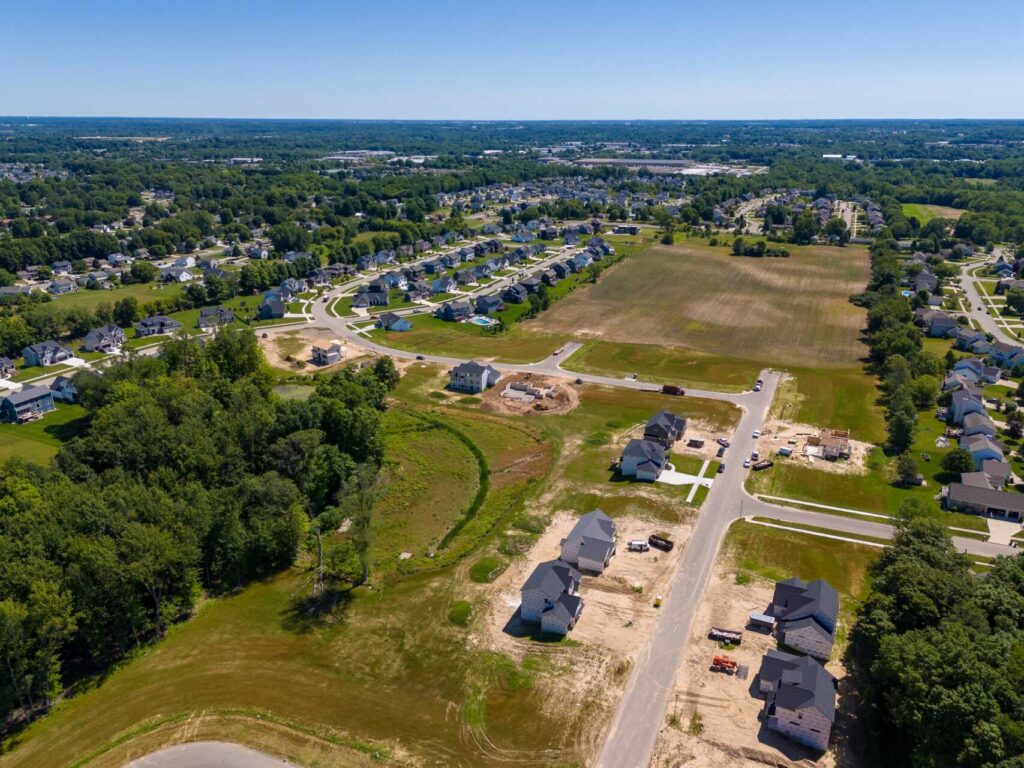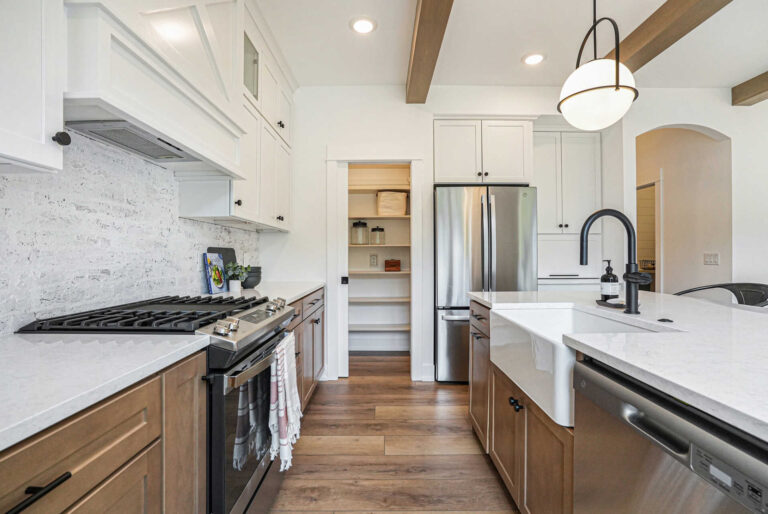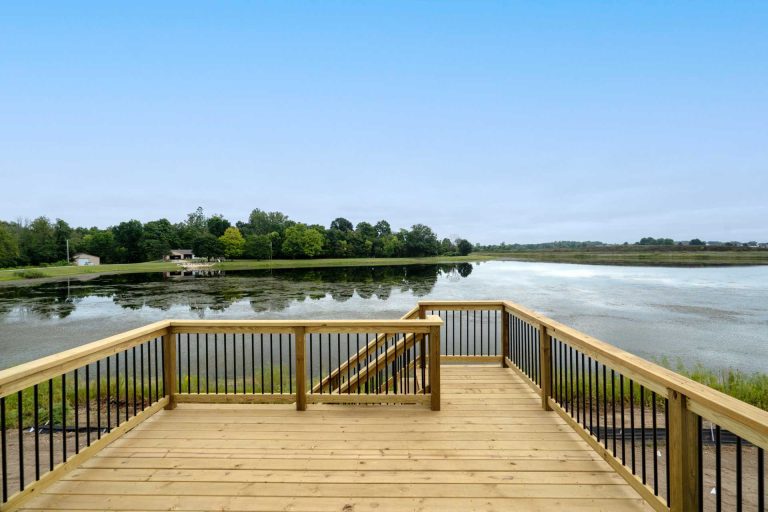Share
Things to Consider When Buying a Residential Neighborhood Lot
Finding the perfect neighborhood lot for your future home is an exciting step in the building process. But beyond just choosing a location you love, there are many factors to consider to ensure that the lot fits your needs and aligns with your home-building plans. Here’s what you should know before purchasing a lot in a residential neighborhood.
1. Setbacks and Building Envelopes
Every lot has restrictions on where a home can be placed, known as setbacks. These determine how far your home must be from property lines, roads, and other structures. A building envelope refers to the designated area where the home can be built within those setbacks. Understanding these limits ensures your chosen floor plan will fit properly on the lot without unnecessary redesigns or complications.
2. HOA Rules vs. Neighborhood Bylaws
If the neighborhood has a Homeowners Association (HOA), there will likely be rules about the appearance and maintenance of your home, landscaping, fencing, and even the types of vehicles that can be parked outside. Separate from an HOA, some neighborhoods have bylaws that regulate what can and cannot be built. These can impact exterior materials, home size, and other design aspects. Reviewing these guidelines early helps avoid surprises during construction.
3. Mailbox Placement and Community Mailboxes
Something as simple as a mailbox might not seem important—until you realize your neighborhood may require you to pick up mail from a centralized location. Some developments have community mailbox units (CBUs) rather than individual mailboxes at the end of each driveway. It’s good to know ahead of time whether you’ll have doorstep mail delivery or need to retrieve mail from a designated spot.
4. Utilities and Service Availability
Most neighborhood lots have access to essential utilities, but it’s always important to verify:
◦ Water & Sewer: Is the lot connected to city water and sewer, or will a well and septic system be required?
◦ Electric & Gas: Confirm the availability of these services and where the connections are located.
◦ Stormwater Drainage: Proper drainage systems are critical to prevent flooding and foundation issues.
Knowing what’s already in place (or what still needs to be installed) can help you plan for potential costs and timelines.
5. Internet and Cable Access
Reliable internet is a necessity for many homeowners, whether for work, school, or entertainment. Some neighborhoods have access to fiber-optic internet, while others may rely on slower cable or DSL options. Checking with providers before purchasing a lot ensures you’ll have the connection speed you need.
6. School District and Community Amenities
Even if you don’t have school-aged children, the quality of the school district can impact your home’s value. A well-rated district often means stronger resale potential. Beyond schools, consider neighborhood amenities such as parks, sidewalks, and community spaces that contribute to the overall lifestyle and convenience of the area.
Choosing the Right Lot for Your Home
The lot you choose will shape your home’s layout, design, and daily convenience. By understanding setbacks, neighborhood rules, utilities, and other factors upfront, you can confidently select a lot that fits both your vision and your lifestyle. At Buffum Homes, we guide you through these considerations so your home-building process is as seamless as possible. Reach out to us today to explore available lots and start planning your dream home!
For examples of quality land options, check out our Land Available tab on our website. Plenty of options available in both community and rural areas.




